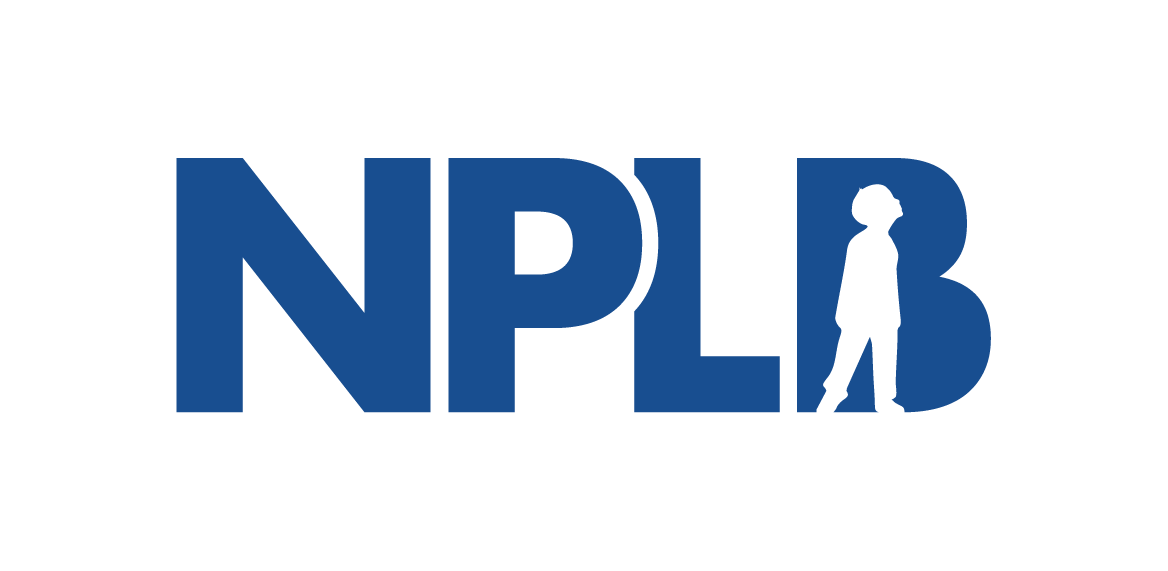NEW LETTER: Investors and executives urge the Congressional Budget Office to adopt changes to its modeling
CBO’s ability to correctly model investor decision-making is vital to our country’s ability to establish policies that achieve lasting biomedical affordability and continued innovation. In support of CBO’s efforts to improve its model, this letter emphasizes a number of economic and financial first principles, notably that investment is incentivized by expected returns based on discounted profits, not revenue, and adjusted for expected dilution from financings.
Making these adjustments to CBO’s model would reveal why the Inflation Reduction Act (IRA) has not merely reduced incentives for the development of new small molecules but essentially eliminated incentives for the earliest stages of funding for non-exempt small molecules aimed at diseases of aging, the effects of which may not be evident today but are clear over time. The letter makes the economic case for a legislative fix to equalize negotiation for all drugs at 13 years.
Key takeaways
Real world Impact on new small molecule R&D for diseases of the aging.
CBO has said it did not notice any change in investment in small molecule research immediately before or after the passage of the IRA, but cuts to early-stage funding would be hard to perceive because of a large amount of investment flowing to mid-stage programs already in development.
Due to the decreased timeframe to recover a profit from an investment, investors are focusing on drug candidates that are already in development and that have a higher chance of success. The lack of investment in new, early-stage funding to discover new drugs will be evident in the coming years when there are far fewer drugs advancing to later stages of development.
Revenue Impact: Not just how much, but when.
CBO models appear to rely on academic studies that focus on total revenues that a drug generates, while investors and drug companies are also mindful of profits.
Investor models don’t view revenues from the United States and international markets equivalently due to increased costs and lower prices abroad that result in decreased profits. Likewise, investors discount the value of future profits, meaning that a reduction in revenues after 13 years has a smaller impact than an equivalent reduction after nine years.
Impact on number AND utility of new drugs.
CBO forecast only a very slight decrease in the number of small molecule drugs coming to market, but the IRA will actually result in lower investment in small molecule drugs for diseases of aging such as heart failure, Alzheimer’s disease, or breast cancer.
The letter cites an example of a drug that had originally been approved for treating diabetes but that was later found to also decrease heart failure. Studies for additional uses of drugs are expensive and take multiple years to complete, and because of the IRA’s nine-year limit before price controls begin, there would no longer be enough remaining years of patent protection to justify investing the trials needed to get approval for additional uses for a drug in a similar situation in the future.
PBM rebates & Plan Utilization Management make price increase assumptions unrealistic.
CBO has stated it believes drug companies will compensate for the nine-year penalty by raising their initial prices, but that assessment fails to consider how insurance companies and other payors may respond.
The letter points out that insurers could limit coverage for drugs with higher initial prices, thereby reducing how many are sold and decreasing profits.
"I've read [the letter]. Our analysts working on this have read it... There are some things where we say, 'Oh yeah. They're right! We need to do it differently.' We are continuing to work on our modeling of the effect of negotiation on innovation, and we are going to implement some of what is in the letter."
- Dr. Phillip Swagel
Director, The Congressional Budget Office

